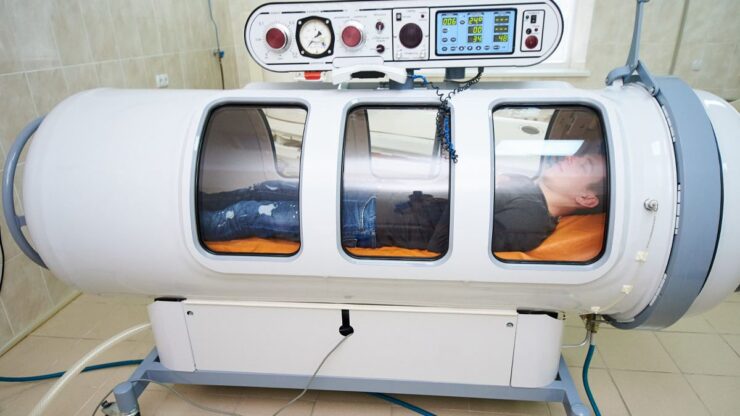Hyperbaric oxygen therapy (HBOT) is an intriguing and specialized medical treatment, often shrouded in a mix of fascination and clinical skepticism. It primarily involves the inhalation of pure oxygen in a controlled, pressurized environment. This advanced therapy is recognized for its effectiveness in treating a variety of medical conditions, ranging from decompression sickness, a common hazard among scuba divers, to more complex conditions like chronic wounds, infections, and air or gas embolisms. Its healing prowess lies in the ability to dramatically increase the amount of oxygen in the blood, which in turn, aids in the healing process of damaged tissues and supports the body’s innate defense mechanisms.
The Daily Administration of Hyperbaric Oxygen Therapy
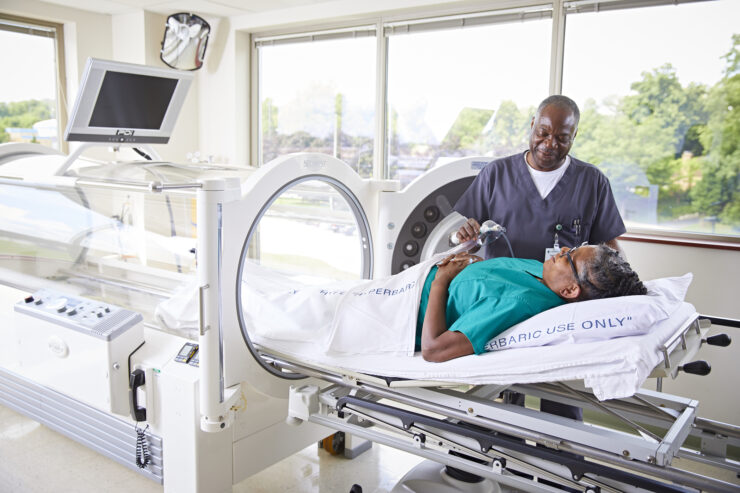
When it comes to the frequency of HBOT, the general consensus in the medical community is that it largely depends on the specific medical condition being treated. For instance, in acute scenarios, such as carbon monoxide poisoning or decompression sickness, a few sessions may suffice. However, when dealing with chronic conditions, particularly those involving wound healing or infections, the therapy might need to be administered daily over a prolonged period. This raises an important question: is it safe to undergo HBOT on a daily basis? The answer, albeit nuanced, is generally affirmative, provided that the therapy is conducted under strict medical supervision and tailored to the individual’s specific health needs.
Safety and Risks in Frequent Hyperbaric Oxygen Therapy
While HBOT is known for its relative safety and minimal side effects, its daily administration is not devoid of risks. These risks, although rare, can include ear and sinus pain due to pressure changes, temporary vision alterations, and in rare cases, oxygen toxicity—a condition resulting from excessive oxygen intake. These potential risks underscore the importance of having HBOT sessions conducted by experienced healthcare professionals. They can monitor the patient’s response to the therapy, make necessary adjustments, and ensure that the benefits of the therapy far outweigh its risks.
Tailoring the Therapy to Individual Needs
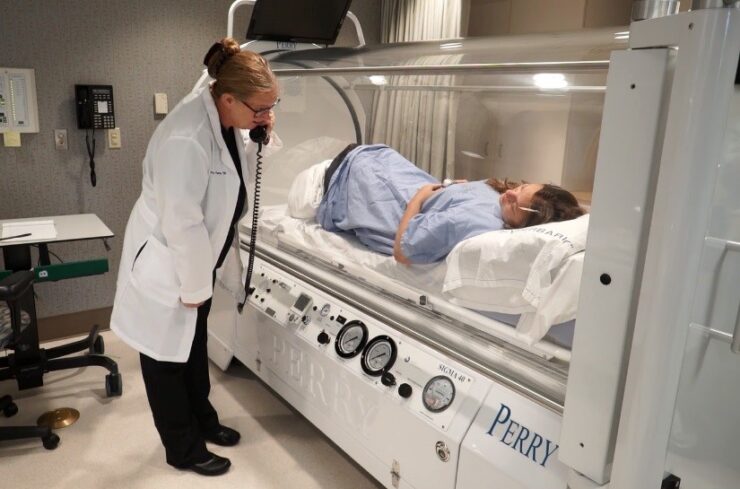
Each patient’s journey with HBOT is unique, necessitating a personalized approach to the therapy. This individualization is a critical factor in determining the frequency and duration of the therapy. Factors such as the patient’s overall health, the severity of the condition, and the body’s response to the therapy play a crucial role in shaping the treatment plan. A thorough initial assessment by healthcare providers is essential to devise a therapy schedule that is both effective and safe. Lear more about the therapy needs for individuals at oxyhelp.com.
The Imperative of Medical Supervision
The role of continuous medical supervision in the administration of HBOT cannot be overstated. This supervision is crucial not just for the effective administration of the therapy but also for maintaining safety standards. Continuous monitoring allows healthcare providers to immediately address any adverse reactions or complications that may arise during the therapy sessions.
Navigating the Risks of Oxygen Toxicity
Oxygen toxicity remains a significant concern in HBOT, particularly with frequent sessions. This condition, which can manifest as lung or brain damage, is a result of prolonged exposure to high concentrations of oxygen. This potential risk is a key factor in determining the frequency of HBOT sessions and highlights the need for strict adherence to the prescribed therapy schedule.
Pre-Therapy Assessment and Suitability
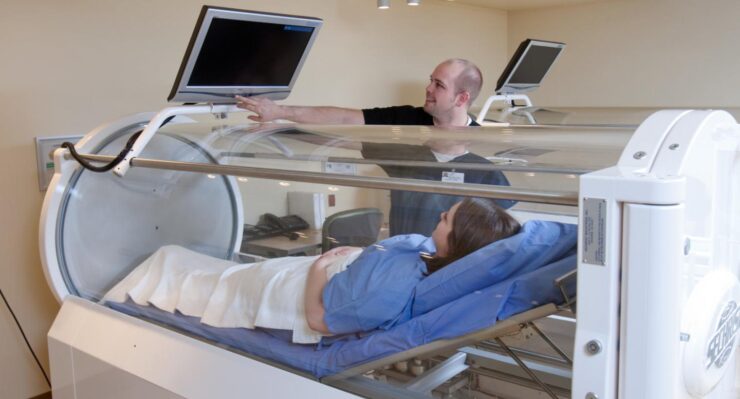
A comprehensive pre-therapy assessment forms the cornerstone of a safe and effective HBOT regimen. This assessment includes a detailed evaluation of the patient’s medical history, current health status, and the nature of the medical condition being treated. Such an evaluation is critical in determining whether HBOT is a suitable treatment option for the patient and in planning a safe and effective treatment routine.
Managing Side Effects
Despite the relative safety of HBOT, some side effects are inevitable, especially with daily sessions. These can range from mild ear pressure and sinus discomfort to fatigue. However, these side effects are usually temporary and can be effectively managed with simple measures, ensuring that the therapy remains a comfortable experience for the patient.
HBOT’s Efficacy in Chronic Wound Management
One of the standout applications of HBOT is in the management of chronic wounds, particularly those resulting from diabetes or radiation injuries. By enhancing oxygen delivery to the affected tissues, HBOT has been shown to accelerate the healing process, improve infection control, and, in some cases, even prevent the need for amputations.
Long-Term Implications of Regular HBOT
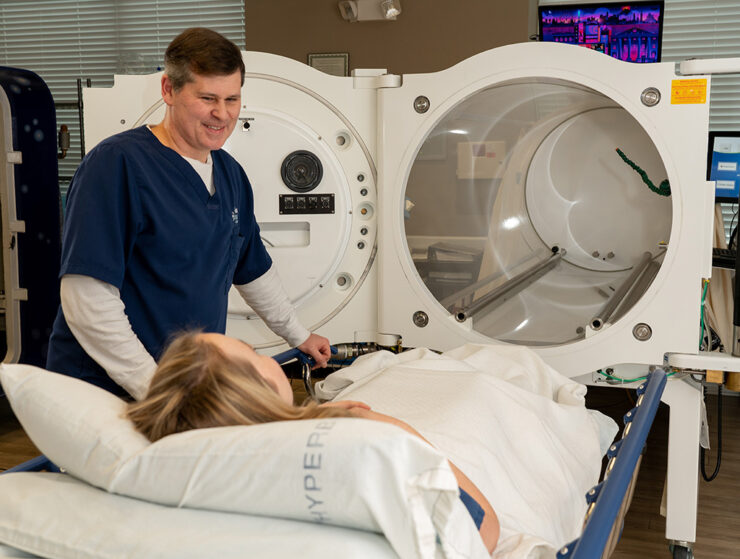
The long-term implications of regular HBOT are an area of ongoing research. Preliminary findings indicate beneficial effects, especially in terms of enhanced wound healing and the treatment of certain acute conditions like carbon monoxide poisoning. However, it is important to approach HBOT with a balanced view, acknowledging its potential benefits while remaining cognizant of its limitations and risks.
The Evolution of HBOT Protocols
Hyperbaric oxygen therapy has undergone significant evolution in terms of its protocols and applications. Initially used primarily for diving-related illnesses, its scope has expanded to include a broader range of medical conditions. This evolution has been accompanied by an increased understanding of how to tailor treatment protocols to individual patient needs, especially when considering daily treatments. As HBOT becomes more mainstream, its protocols continue to be refined, ensuring that patients receive the most effective treatment based on the latest scientific evidence.
Integrating HBOT into Comprehensive Treatment Plans
HBOT is often most effective when integrated into a broader, comprehensive treatment plan. For conditions like chronic wounds or infections, HBOT serves as a valuable adjunct to other treatments such as antibiotics, wound debridement, and nutritional support. This integrated approach maximizes the therapeutic benefits of HBOT, promoting quicker healing and recovery. It also underscores the importance of a multidisciplinary approach to patient care, where specialists from various fields collaborate to provide holistic treatment.
Technological Advancements in HBOT
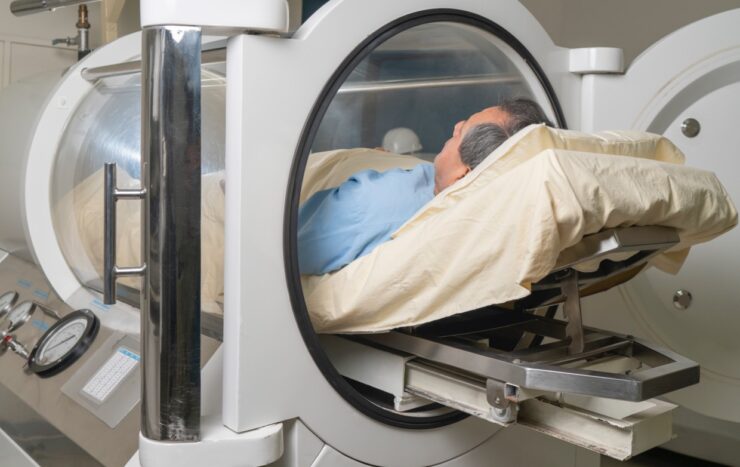
The field of hyperbaric medicine has benefited significantly from technological advancements. Modern hyperbaric chambers are not only more comfortable and spacious but also equipped with advanced safety features. These improvements enhance the patient experience and safety during therapy. Additionally, technological advancements have enabled more precise control of the therapy’s parameters, such as pressure and oxygen concentration, leading to more effective and safer treatment protocols.
Summary
In summary, daily hyperbaric oxygen therapy represents a significant advancement in the treatment of various medical conditions. Its efficacy, when administered under the right conditions and with appropriate medical supervision, is well-documented. However, it’s a therapy that demands a comprehensive approach, considering the medical, psychological, and practical aspects of treatment.

